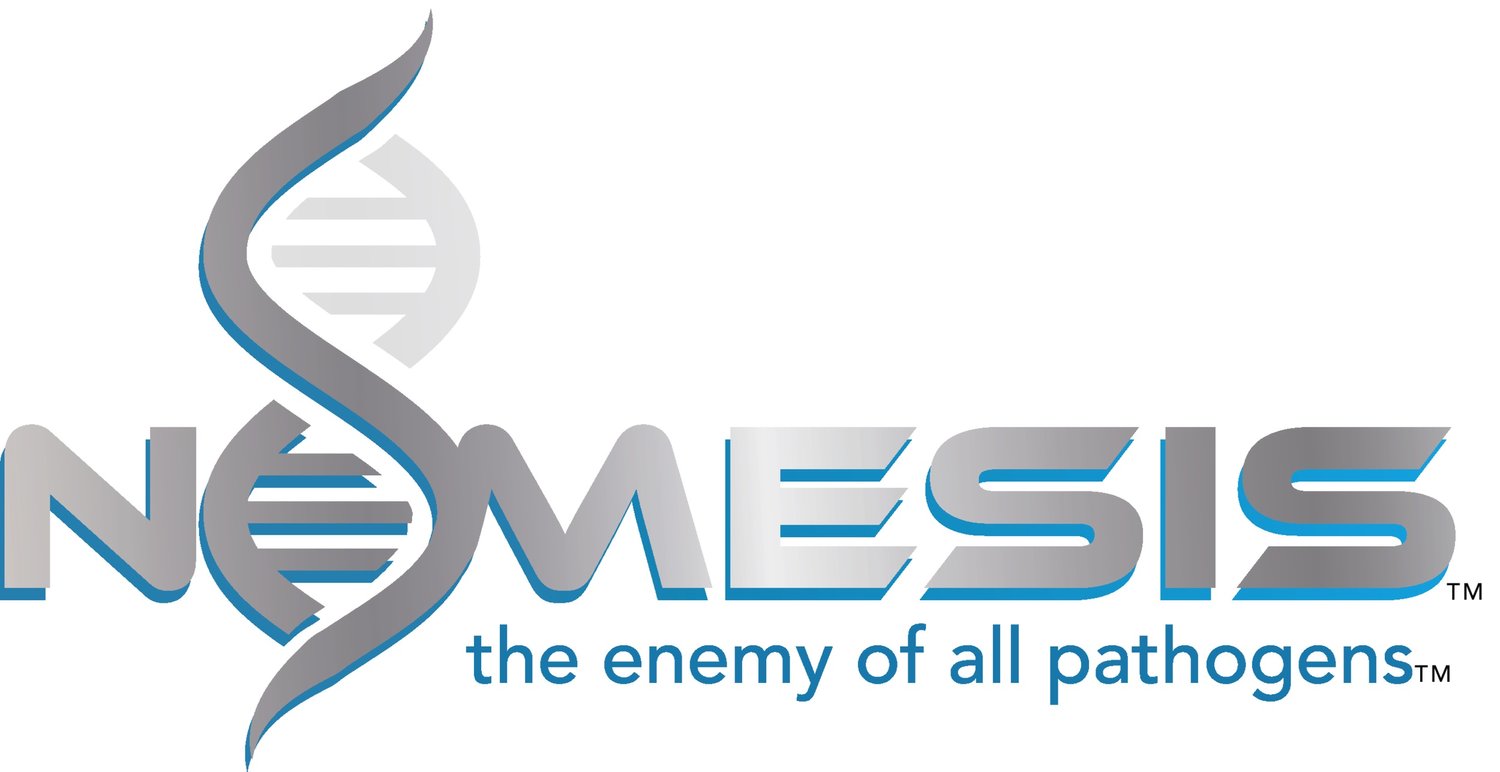What is UV-C?
UV-C is a portion of the electromagnetic spectrum between x-rays and visible light. All UV radiation is a form of energy invisible to the human eye. UV radiation includes UV-A, UV-B, UV-C, and vacuum UV all between 100nm and 400nm. We experience UV-A and small amounts of UV-B rays daily from sun exposure. Tanning beds and welding torches create man-made versions of these rays. UV-C is produced from our solar system’s sun but the ozone layer surrounding Earth blocks these rays from reaching us.
The ozone layer blocking these rays is beneficial to us as UV-C causes temporary burns to human skin and eyes, so never look directly at a UVGI device. These injuries typically resolve quickly since these shorter rays do not penetrate deep into the skin. UV-C energy has shorter wavelengths than the more penetrating UV-A and UV-B rays and pose less risk to human health overall.
How does UV-C disinfect?
UV-C radiation at 254nm is absorbed by microorganisms and breaks through their cell walls. From here the DNA or RNA is damaged to a point of deactivation. This deactivation is comparable to the pathogen “dying” as it can no longer replicate or infect anyone. The effectiveness of UV-C disinfection depends on the length of time a microorganism is exposed to UV, as well as the intensity and wavelength of the UV radiation.
UV-C, also referred to as UVGI, has been CDC recommended for air disinfection in schools and businesses. Though this technology may seem new or even futuristic UV-C disinfectant power has been proven since the early 1900’s. Hospitals, meat packing plants, and several other industries have been using UV-C to efficiently and effectively disinfect surgical equipment, operating rooms, some meat products and several other applications where chemical disinfection is not as effective or viable of an option.



